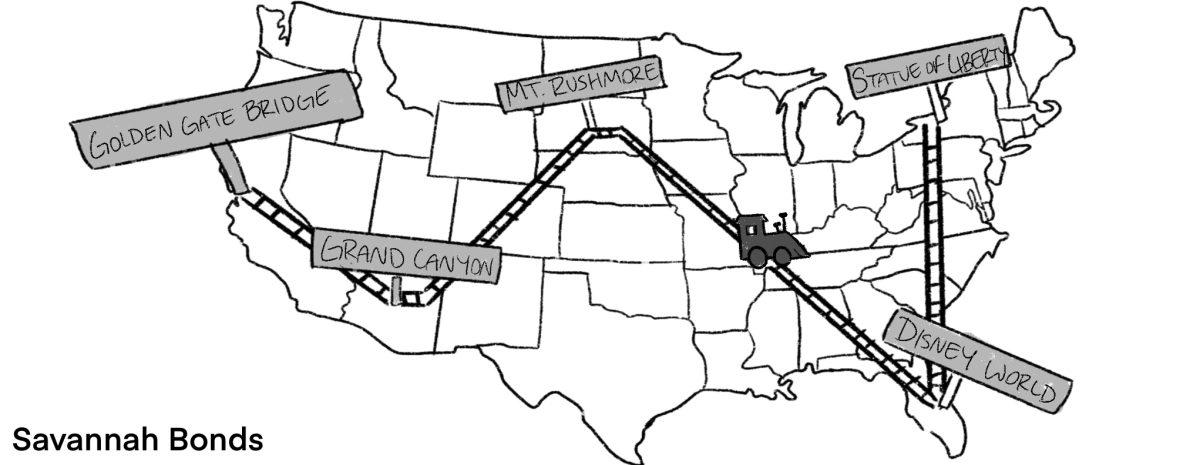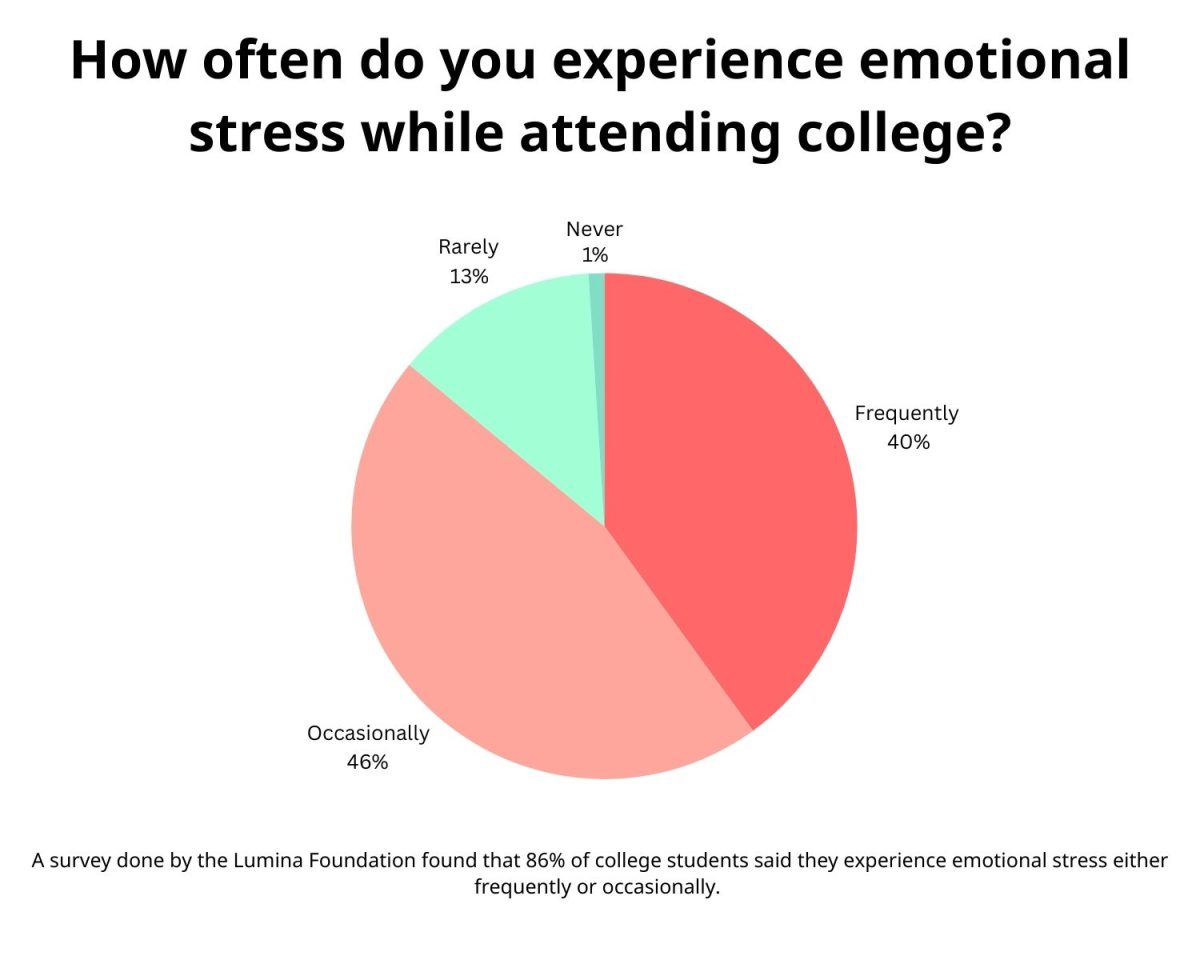Italy, France, Spain, Japan and China all have one thing setting them apart from other countries. No, it is not their booming economies but rather their bustling high-speed railway (HSR) systems which distinguish these countries. The U.S. may have the strongest economy globally, but it underperforms in various aspects which directly affect American citizens’ quality of life. While implementing a HSR will not solve all of America’s issues, it will positively impact everyone’s lives.
According to the American Public Transportation Association, building a HSR will create around 24,000 jobs for every $1 billion investment. Since most rail industry jobs have been commercialized, domestic transportation reintroduction will rejuvenate stagnant transportation services and travel.
As noted on History.com, Cornelius Vanderbilt’s business conquests, among others, expedited the rail system which helped make the U.S. geographically united, so it would be natural to use that foundation to build future railways. It has increased the economy in the past and can contribute significantly to future prosperity too.
One of the recommended ways to reach that prosperity again, as proposed by the High Speed Rail Alliance, is to use the “Phased Network Approach,” which revolves around building new tracks specifically for high-speed travel but connecting those lines to the existing railroad network. Since railroads already exist there, citizens do not have to wait for the completion of the modern network to benefit from it. As each new section is built, the faster the system will become and the greater the variety of destinations will be available.
Existing rail travel, such as Amtrak, has proven to be ineffective, but it does not have to be that way. In an interview conducted by Ted Mann of The Wall Street Journal, national vice president of the Transportation Communications Union Jack Dinsdale said, “It’s supposed to be a national network. It’s supposed to run across the country. It’s supposed to be funded by the government.” In reality, Amtrak accomplishes none of these things it was meant to do.
New York Times writer Caity Weaver, who traveled by Amtrak from New York City to Los Angeles, writes that “there are either 61 or 960 immediate reasons” not to make this trip by use of their trains. Not only is the fare extremely expensive with a whopping price of $1,089, but the trip’s duration is 67 hours.
Part of what contributes to this hefty travel time is there are multiple stops and factors based on the chosen route. Amtrak offers routes running five trains a day, two to five trains a day, one train a day or three trains a week. Most routes in the northeast offer multiple trains a day, making them more convenient, but outside of that region, passengers must make plans to stay overnight at their destination as only one train is sent a day. Therefore, day trips are not made possible in other parts of the country through train travel.
High-speed rail (HSR) travel can accomplish the goals Amtrak was supposed to do while also being environmentally friendly. According to the American Public Transportation Association, HSR is “eight times more energy efficient than airplanes and four times more efficient than automobile use. It will also decrease greenhouse gas emissions and improve air quality.” It is time to start resolving the fossil fuel crisis through clean energy and minimizing U.S reliance on foreign oil to function.
Not to mention with transportation like this, individuals significantly reduce their carbon footprint by riding together to their destination, as proven through China’s rail system detailed in Lili Pike’s article in China Dialogue. This will not be a completely new practice to normalize since government officials nationwide have encouraged people to ride together for automobile transportation through carpooling or ride sharing.
HSRs also will make cross-country travel affordable and available to just about everyone. Plane tickets are an expense very few can afford to buy more than once a year — if even that. It usually requires layovers with lots of wasted time and relies heavily on foreign oil reserves. Cars are a financial burden, are very slow in comparison, are environmentally unfriendly and require disruptions in travel for refueling. As far as public transportation goes, buses tend to only go to a few major cities, make frequent stops and deal with heavily trafficked roads.
HSRs have been proposed before, but parties refused to work together to do what is best for the people. According to Keith Laing of The Hill, former President Barack Obama proposed an $8 billion economic stimulus package in 2009 to jump-start the high-speed rail program in the U.S., but many state’s governors of the opposing political party rejected it. One of the opposing politicians was representative Jeff Denham who claimed the rail system needs to be in areas with proven ridership numbers and established routes and speeds.
The problem is the regions where HSRs were implemented, such as California, have other forms of public transportation like buses, subways or ferries, so there is competition for which mode of transportation to take. However, outside big cities, there are little to no modes of public transportation. The southern region of the U.S. especially struggles with reliable public transport.
It is time politicians start doing what is best for the people rather than for their interests. Support high-speed rails, so we can end this problem, boost the economy and help our fellow Americans prosper for the bright future yet to come.








